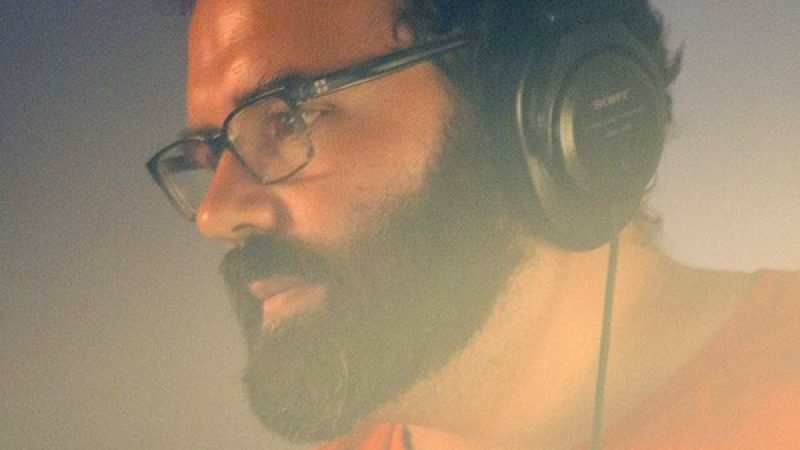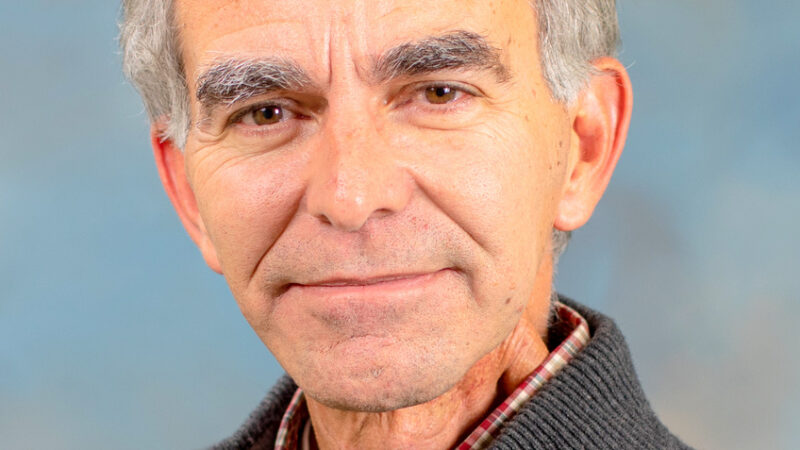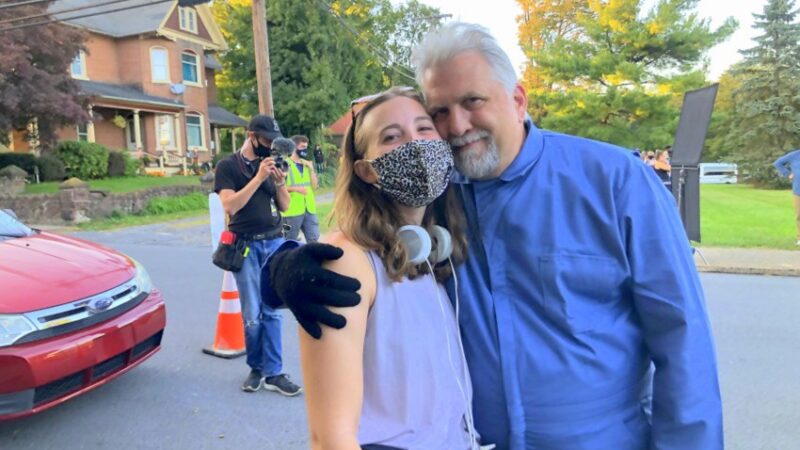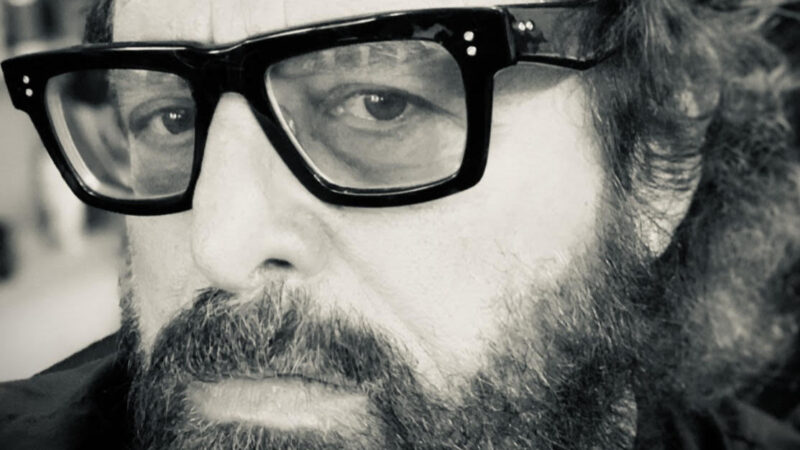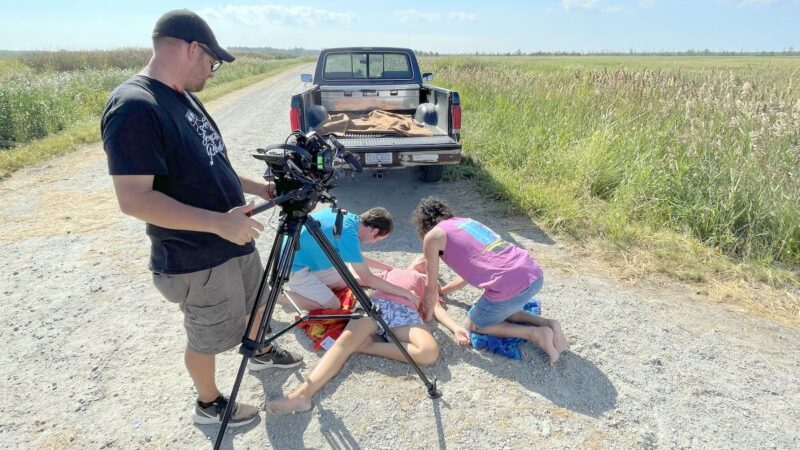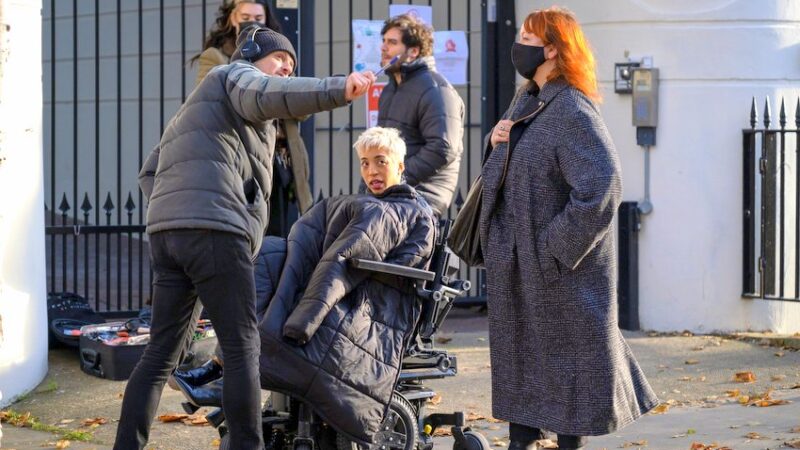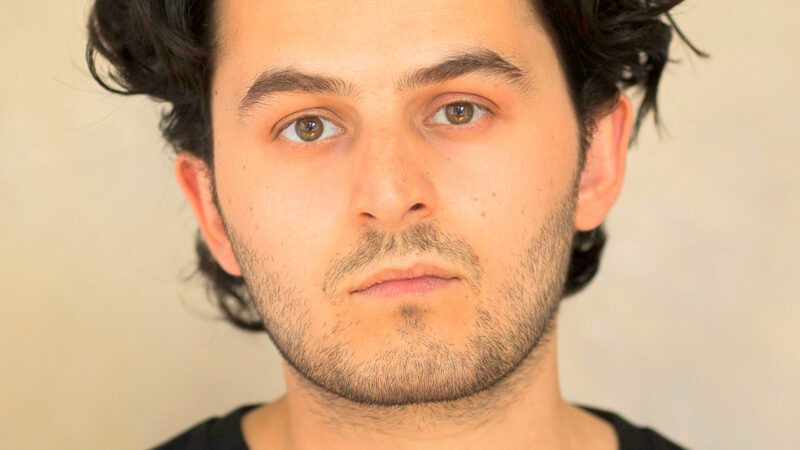
In Conversation with Michael Oblowitz Director of Confidential Informant
Confidential Informant stars Mel Gibson, Dominic Purcell, and Kate Bosworth
Ashunda Norris presents “MINO: A Diasporic Myth“
Date: 24th February 2020
Director: Ashunda Norris
Producer: Ashunda Norris
Writer: Ashunda Norris
Cinematographer: Joshua Carrasco
Production Company: Black A.R.T. Filmworks
Case Study: The Making of MINO: A Diasporic Myth
indieactivity : What is your film about?
Ashunda Norris : Mino: A Diasporic Myth is set in 2079 and tells the story of Black womyn, queer and non queer, who govern their world with a firm but noble hand, where men no longer exist. The Bia womyn keep their orb safe by only birthing female beings. When one woman new to the land, attempts to self-conceive a non-female, the Coven is forced to confront their own belief systems.
Related Story: Ashunda Norris Wins New Orleans Jury Award for Short Film, Mino: A Diasporic Myth
indieactivity : Tell us about the festival run, marketing and sales?
Ashunda Norris : MINO has been making waves on the film festival circuit winning the New Orleans Jury Award at the New Orleans Black Film Festival just before the close of the decade in December 2019. The film has also been nominated for Outstanding Sci Fi at The Micheaux Film Festival which is being held this weekend February 21-23 in DTLA.
We’ve screened in Richmond, VA, Gary, IN, Nairobi, Kenya, Durham, NC, Denton, TX, Carson, CA, San Diego, CA, New Orleans, LA and this spring, we will be making our way to the Seattle Black Film Festival, Roze Filmdagen in Amsterdam and The Charlotte Black Film Festival in Charlotte. The time spent at The Afrikana Independent Film Festival, The Black Film Festival of New Orleans, The Denton Black Film Festival and The Hayti Heritage Film Festival has been absolutely glorious.
The audiences are keen and eager for the art and the programmers are stellar beings. I’m honored that they chose MINO to introduce to their communities.
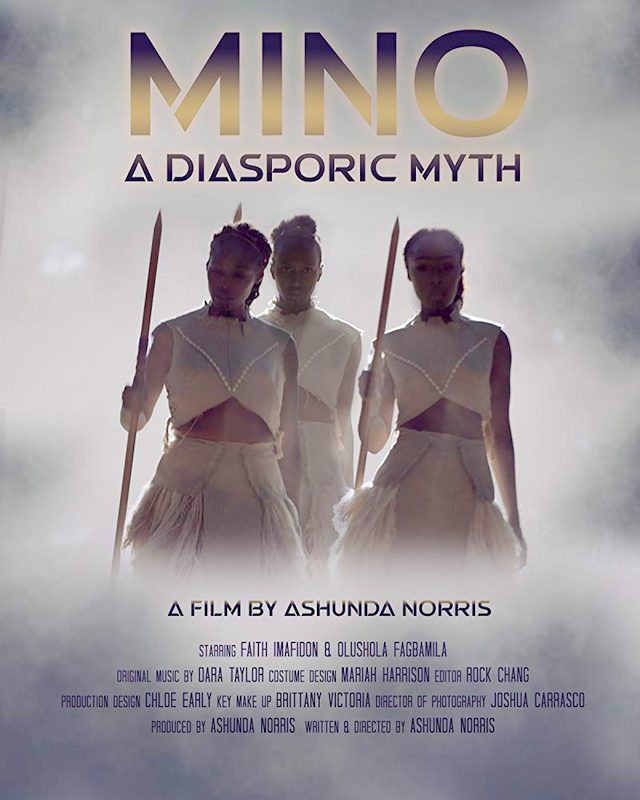
Dramatic Features
Financing: financed by producer
Shooting Format: 5K, Red Scarlett
Screening Format: DCP, Blu Ray, DVD
World Premiere (if it applies): September 2019 at The Afrikana Independent Film Festival in Richmond, VA.
Awards: New Orleans Jury Award at The Black Film Festival of New Orleans Nominated for Outstanding Sci Fi at The Micheaux Film Festival.
Website
indieactivity : Give the full Official Synopsis for your film?
Ashunda Norris : It is 2079. In a land where Black womyn build and govern their world with a firm but noble hand, men no longer exist. Led by Sage, the Bia womyn, who each have the power to self conceive, keep their orb safe by only birthing female beings. When Osa, a woman new to the colony, becomes weary of a place without the male species in it, she takes it upon herself to form a non female seed within her womb space. As each of the Elders come to know of Osa’s misdeed, they must determine if her life is more important than the sanctity of the celestial body they’ve created. Welcome to Biamara.
indieactivity : Development & Financing?
Ashunda Norris : I conceived of the idea and wrote the script myself. The initial story was about a Coven of Black womyn living and thriving without men. The idea that they will have superpowers, be witches by nature and self conceive their own children who must be female came later. There were several drafts of the script and keeping it at 10 pages was one of the major goals. I spent months researching and studying the styles of countless visual artists, writers and filmmakers. The entire process, from conception to completed script took about 8 – 10 months. I spent a great deal of time envisioning the scenes before writing and thinking through particular plot lines before devoting them to paper.
I financed the film myself. I saved up enough to shoot and go directly into post production once principal photography was complete. I also used credit cards to pay for film expenses. I realize that there are school of people who frown upon use of personal funds to secure financing for a film, but I wasn’t interested in waiting for monies from other people nor did I want to rely on the whims of others to get funding for my film.
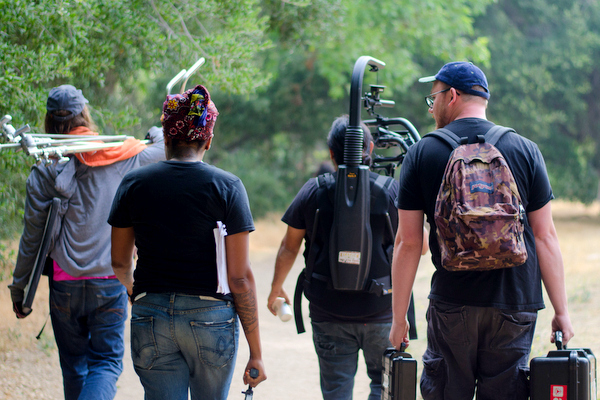
indieactivity : Production?
Ashunda Norris : On MINO, I served as the writer, director, producer/line producer, casting director and 1st AD. Okay, so I do not recommend that any filmmaker go about it the way I did, but at the time, I felt as though the film wouldn’t get made if I didn’t step in to do those additional jobs myself. We had to reshoot two scenes, and I hired AD, Kelz Morgan (a bad ass 1st AD, hire her y’all) for those and the difference in how the production days went was a stunning relief. I also brought on associate producer, Rene Alexander (a rock star, hire him) for those shoot days and again, an amazing difference.
Before scheduling and diving into pre-production, I did a table read of the script. I wanted to see if what I had written was worth the salt I thought it was as I was creating it. The table read went so well! I got feedback from the readers, made a few changes and decided that it was time to shoot it. This was back in January 2018. Since I work full time, I scheduled the shoot for June when I’d be off work and not be bothered with punching a clock. I thought about shooting in April, but according to certain industry “standards” I’m a tortoise, and I also do a lot of the work myself, I knew I needed the time. I did the casting for the film. Former students of mine who make or want to make films served as interns and had the opportunity to see how the words from the script come to life during the casting process. I also chose to location scout myself. I’m particular and I didn’t have the funds to hire someone who could meet those super distinct needs. I tried to keep the locations as sparse as possible. I was going for only using two locations but actually shot in three and they were all extremely far from each other. Scheduling was easier because the majority of the scenes were in one location. Our initial shoot was four days. Because I insisted on reshooting two scenes, six is the total amount of days we used to shoot.
I wanted the film to have its own visual aesthetic. Costume designer Mariah Harrison and I had conversations about how we could create such a look with the clothing of the Bia Women. We researched styles from several African lands as well as indigenous cultures across the globe. Our goal was to create a distinct sublimity reserved only for the women of Biamara. The elaborateness of the costumes, hair and makeup was a deliberate choice. My aim was to have the audience be awestruck and movingly overwhelmed each time they looked at one of the Bia Women.
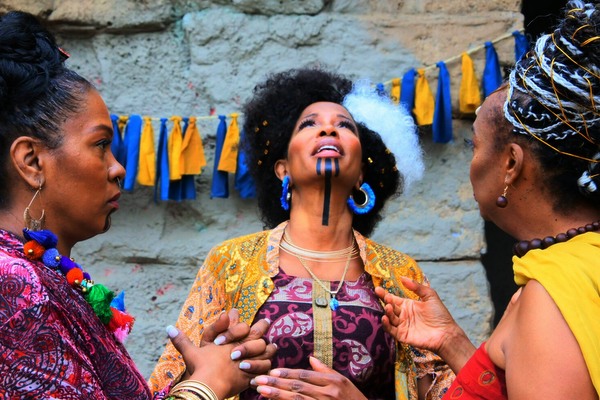
Although MINO is set in the future, I didn’t want to rely on technological aspects to indicate a futuristic setting. My goal was to place the characters where I believe society might find itself; solely depending on the land and its resources once again to thrive. I wanted the nature of the land and working it for beneficial life means to be at the heart of the film. The Bia Women are soulful godlike beings who place value in what they cultivate. Conversations with the production designer Chloe Early led to her creating elements that mirror this idea. We used aspects from the past to indicate a new future.
Nearly all of the scenes in the picture are exterior. We had to depend on natural sunlight to create the mood and texture of the film. Cinematographer Joshua Carraso and I discussed how to make Biamara look expansive and unique while also showing the divinity of the Bia Women in each scene. Our goal was to create a distinctive, singular look that allows the audience to honor the Bia Women and the space they inhabit.
Cutting my films is always a lengthy, arduous process for me, so I give myself enough time to live with the footage and to let it breath. I spent a total of 10 months in post-production. Much of this time was spent accepting the footage we got for each scene. I let go of perfection later than sooner because I’m sometimes married to my footage. It takes me a while to give up certain shots if I feel really strongly about the scene. Having an editor who understands this feeling while also knowing what’s best for the story is one to have and keep on the team.
indieactivity : Festival Preparation & Strategy?
Ashunda Norris : I knew I wanted to premiere at a Black film festival as soon as the film was complete. I was also open to applying to festivals across the country and abroad. I set a specific budget and didn’t go over that when submitting to festivals. I also tried to submit early which cut back on submission costs.
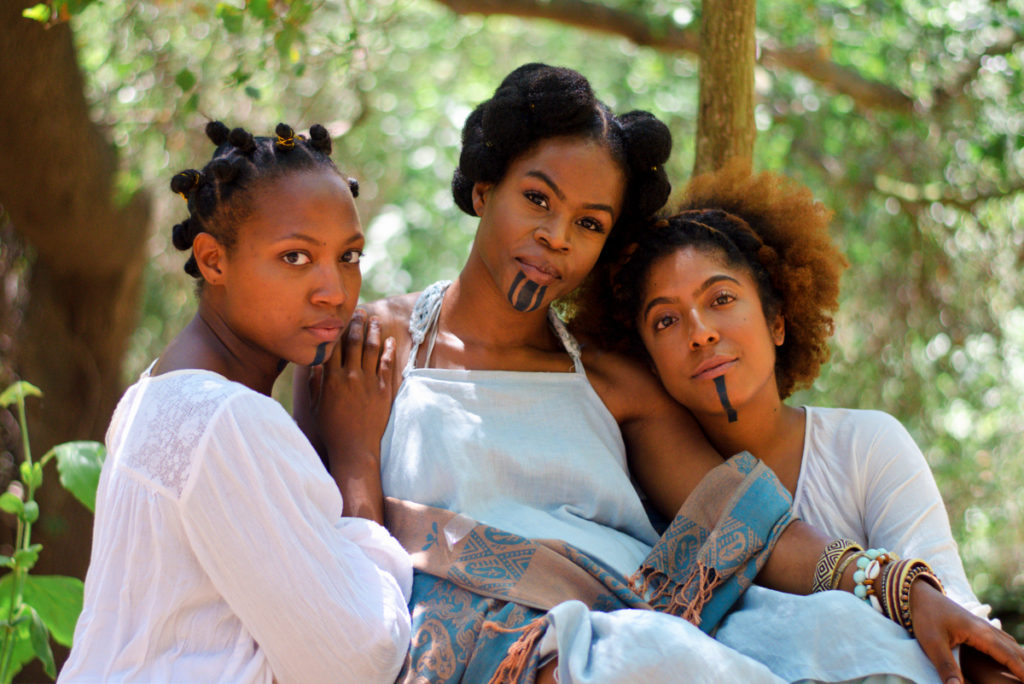
indieactivity : The Release?
Ashunda Norris : I chose to premiere my film at a film festival. We’re currently touring the festival circuit. I plan to release the film online after its festival run.
indieactivity : Advice from the Filmmaker?
Ashunda Norris : Rather than give advice, I’d like to state what has worked for me in the hopes that it will help someone on their journey: I haven’t given up. It was extremely difficult to not do so but staying the course has been my saving grace. It took me a long time, but I’m not longer shy about saying that I’m an artist, that I make films, that I write poems, that I paint, that I create stories from my imagination, from my lived experiences and place them in any artistic medium I see fit.
I’m no longer afraid to state the words ‘Black feminist’ and be referring to myself without shame, without reservations, without fear of retribution. For me, fear doesn’t really go away so instead of battling it, I go with the ebbs and flows of it because if I don’t, I won’t get my work done. I seek out and hire as many Black womyn as I can in crew positions. I don’t see a lot of us on film lots beyond talent, and I want that to be different on my sets. When I’m anxious about a cut, a line in a poem or a scene I’m working through, I read. If I’m in a film mental space, I read interviews about/with people who do what I do or watch obscure films.
If I’m in a poem crafting space, I read dozens of poems and poetry collections. I also go down rabbit holes on YouTube. Get lost a lot and find my way back. I go to the cinema. I try to make time to watch films just for the fun of it; read for enjoyment. I go home to Georgia at least once a year to refresh, reset, rest, vibe with my folks; playing uno, spades, dominoes, all kinds of board games, get some dranks, just talking and hanging with people who see me outside of all these roles I serve in my creative life. Then I get up, get ready and get back to work.
Tell us what you think of the Case Study for “MINO: A Diasporic Myth” What do you think of it? Genre? More genre? Lets have your comments below and/or on Facebook or Instagram! Or join me on Twitter @oladapobamidele
Follow Ashunda Noris on Social Media
Website
IMDb
Facebook
Twitter
Instagram
Vimeo

